Pannelli di impiallacciatura in pietra impilati Aggiungi un aspetto senza tempo e naturale agli spazi interni ed esterni. Prima di iniziare l'installazione, è essenziale misurare accuratamente l'area per assicurarsi di acquistare la corretta quantità di impiallacciatura in pietra, evitando costi o carenze in eccesso. Questa guida ti aiuterà a misurare efficacemente i pannelli di impiallacciatura in pietra impilati.
Ciò che è impiallacciata in pietra impilata Pannelli?
-
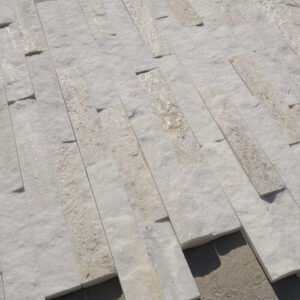 Pannelli in pietra impilati in quarzite di nuovi colori cinesi
Pannelli in pietra impilati in quarzite di nuovi colori cinesi -
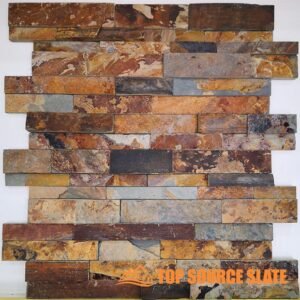 Pannello registro in pietra impilata in ardesia arrugginita ruvida 6 pollici x 24 pollici.
Pannello registro in pietra impilata in ardesia arrugginita ruvida 6 pollici x 24 pollici. -
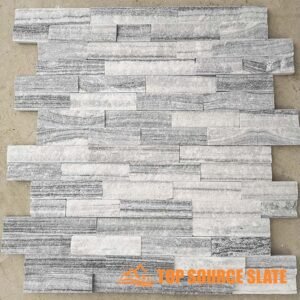 Pannello registro in pietra impilata grigio Alaska grezzo 6 pollici x 24 pollici.
Pannello registro in pietra impilata grigio Alaska grezzo 6 pollici x 24 pollici. -
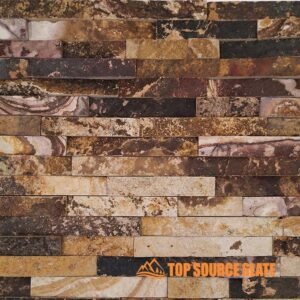 Pannello registro in pietra impilata in arenaria grezza 6 pollici x 24 pollici.
Pannello registro in pietra impilata in arenaria grezza 6 pollici x 24 pollici. -
 Pannello registro grezzo in ardesia nera naturale 6 pollici x 24 pollici.
Pannello registro grezzo in ardesia nera naturale 6 pollici x 24 pollici. -
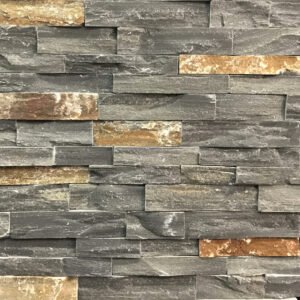 Pannello Sierra Blue Ledger 6 pollici x 24 pollici. Quarzite di pietra naturale
Pannello Sierra Blue Ledger 6 pollici x 24 pollici. Quarzite di pietra naturale -
 Pannelli in pietra naturale di sporgenza in ardesia dorata della California - 6 x 24
Pannelli in pietra naturale di sporgenza in ardesia dorata della California - 6 x 24 -
 Registro del pannello in ardesia del raccolto dorato – 6×24
Registro del pannello in ardesia del raccolto dorato – 6×24
-
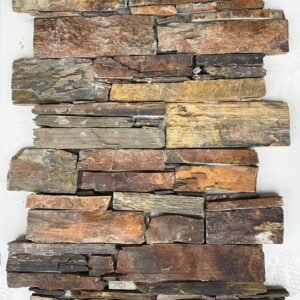 Rivestimento esterno in pietra naturale a prezzo all'ingrosso
Rivestimento esterno in pietra naturale a prezzo all'ingrosso -
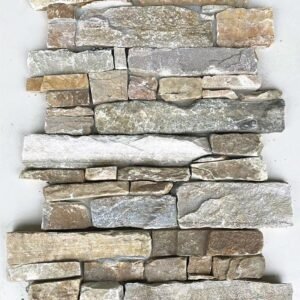 Pannelli in pietra Oyster Quartz Z 550 x 200
Pannelli in pietra Oyster Quartz Z 550 x 200 -
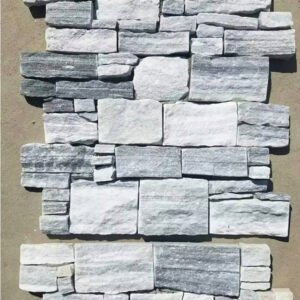 Pannelli di rivestimento in pietra naturale di quarzo a forma di Z grigio nuvola
Pannelli di rivestimento in pietra naturale di quarzo a forma di Z grigio nuvola -
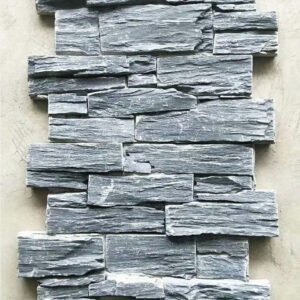 Rivestimento con pannelli a Z in ardesia nera
Rivestimento con pannelli a Z in ardesia nera -
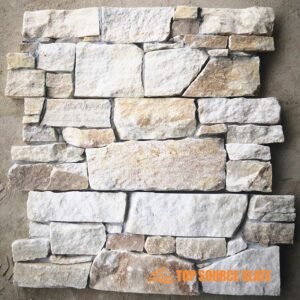 Rivestimento in pietra di quarzo bianco naturale
Rivestimento in pietra di quarzo bianco naturale -
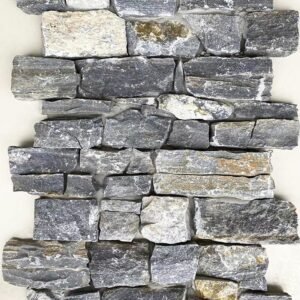 Rivestimento in pietra di quarzo blu diamante per la decorazione di pareti esterne
Rivestimento in pietra di quarzo blu diamante per la decorazione di pareti esterne -
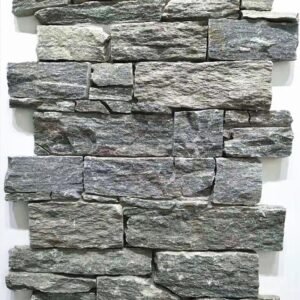 Pannelli di rivestimento in pietra naturale di quarzo verde
Pannelli di rivestimento in pietra naturale di quarzo verde -
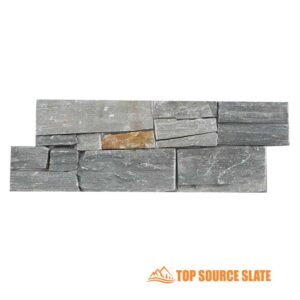 Pannelli in pietra naturale Z di fabbrica cinese
Pannelli in pietra naturale Z di fabbrica cinese
Pannelli di impiallacciatura in pietra impilati Arrivare in varie dimensioni e stili, offrendo una gamma di copertura per pannello. Ad esempio, alcuni pannelli forniscono 3,13 piedi quadrati di copertura. Comprendere questa misurazione è fondamentale per calcolare il numero di pannelli di cui avrai bisogno per il tuo progetto. Controllare le linee guida del produttore per le dimensioni e la copertura del pannello esatte.
Misura la superficie piana
Misurare accuratamente l'altezza e la lunghezza della parete è essenziale per assicurarsi di calcolare la corretta quantità di impiallacciatura in pietra. Segui questi passaggi:
Misura la lunghezza e l'altezza della parete
- Usa un metro a nastro: Inizia misurando l'altezza della parete dalla base verso la parte superiore, in genere dal pavimento al soffitto (per le pareti interne) o da terra alla linea del tetto (per le pareti esterne). Arrotondare l'altezza fino al centimetro più vicino o al piede.
- Registra la lunghezza: Successivamente, misurare la distanza orizzontale da un'estremità del muro all'altra. Assicurati di registrare l'intera lunghezza, inclusi gli angoli in cui verranno installati la pietra impilata.
- Gestione delle pareti irregolari: Se la superficie include pareti angolate o nicchie, rompe la superficie in sezioni più piccole e misurano ognuna singolarmente. Aggiungi queste misurazioni insieme per ottenere la lunghezza totale e l'altezza del muro.
- Più pareti: Per progetti con più pareti, ripeti questo processo per ogni superficie che sarà coperta con impiallacciatura in pietra impilata. Tieni traccia separatamente delle dimensioni di ogni parete per evitare confusione durante la fase di installazione
Calcola filmati quadrati
Il calcolo del filmato quadrato è vitale per determinare la copertura totale necessaria per il progetto. Dopo aver misurato l'altezza e la lunghezza, segui questi passaggi:
- Moltiplica la lunghezza per altezza: Per trovare il filmato quadrato totale di ciascuna parete, moltiplicare l'altezza per la lunghezza della parete. Ad esempio, se un muro è alto 10 piedi e lungo 15 piedi:
- 10 ft × 15 piedi = 150 piedi quadrati.
- Sottrarre le aperture: Se ci sono finestre, porte o altre aperture di grandi dimensioni, sottrarre le loro aree dal filmato quadrato totale. Per fare ciò, misurare l'altezza e la larghezza dell'apertura e moltiplicarli per trovare l'area. Ad esempio, se una finestra è di 3 piedi per 4 piedi:
- 3 ft × 4 ft = 12 piedi quadrati.
- Sottrai questo dal filmato totale del muro:
- 150 piediq. Ft. - 12 piedi quadrati = 138 piedi quadrati.
- 3 ft × 4 ft = 12 piedi quadrati.
- Ripeti per più pareti: Se stai coprendo più pareti, ripeti questo processo per ognuno e somma il filmato quadrato per trovare l'area totale.
- Aggiungi un buffer: Aggiungi sempre un ulteriore 5-10% per tenere conto di errori di taglio, rifiuti e errori di calcolo. Ad esempio, se il filmato quadrato totale è di 138 piedi quadrati, con un buffer al 10%, ordina materiale sufficiente per coprire:
- 138 piedi quadrati × 1.10 = 151,8 piedi quadrati.
Seguendo questi passaggi, puoi assicurarti di avere una stima accurata dell'impiallacciatura di pietra richiesta per il tuo progetto
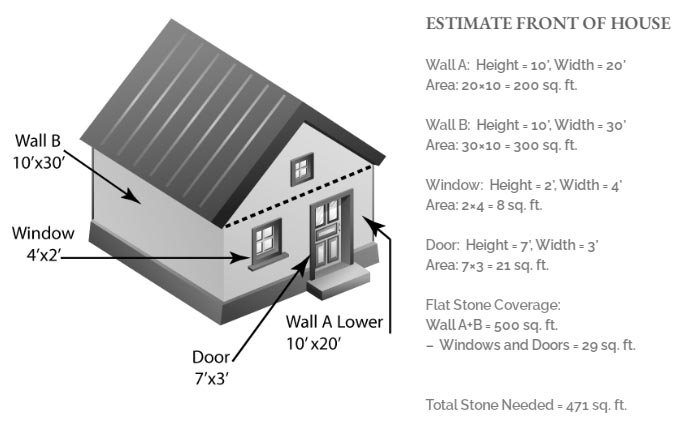
Aperture e ostacoli
Per finestre, porte o altre interruzioni, sottrarre la loro area dal totale. Misura la larghezza e l'altezza di ciascuno, moltiplica e quindi sottrai dal filmato quadrato complessivo. Ad esempio, se una porta è larga 3 piedi e alta 7 piedi:
3 ft × 7 ft = 21 sq. ft.Sottrai questo dalla tua area murale totale.
Tampone di spreco
Aggiungi sempre il 5-10% in più di materiale per tenere conto del taglio, degli errori e di eventuali superfici irregolari. Ciò ti assicura di avere un'impiallacciatura in pietra extra in caso di errori durante l'installazione.
Calcolare il Impiallaccia in pietra impilata Pannelli Angoli
Quando il progetto coinvolge angoli all'interno o all'esterno, dovrai tenere conto delle pietre angolari, che differiscono dai pannelli piatti in termini di copertura. Le pietre angolari sono misurate in piedi lineari, poiché coprono il bordo verticale delle pareti.
To calculate the linear footage for corner panels:
- Misura l'altezza di ogni angolo e somma le misurazioni per tutti gli angoli esterni per ottenere i piedi lineari totali. Ad esempio, se un angolo è alto 10 piedi:
Altezza d'angolo = 10 piedi
- Moltiplica il filmato lineare totale per il tasso di conversione del produttore per i pannelli d'angolo. In genere, 1 piede lineare di copertura angolare è equivalente a 0,67 piedi quadrati di copertura del pannello piatto. Detrarre questo dalla superficie piana totale per evitare il doppio conteggio.
Ad esempio, se hai 10 piedi di copertura d'angolo:
10 piedi lineari × 0,67 = 6,7 piedi quadrati.
Sottrai questo dalla superficie piana totale per ottenere una stima del materiale più accurato
Includi registri e rivestimenti
I registri vengono spesso utilizzati per tappare le installazioni di boiserie o fornire una finitura decorativa lungo il bordo superiore di un muro di pietra. Misura i piedi lineari per i registri nello stesso modo in cui si misurano le pareti piatte:
- Misurare la lunghezza orizzontale in cui verranno installati i registri.
- Moltiplica questa lunghezza per 12 per convertire i piedi in pollici.
- Dividi per la lunghezza di un pannello di libro mastro per determinare quanti ne hai bisogno.
Ad esempio, se il filmato lineare totale per i registri è di 65 piedi e un pannello di registro copre 42 pollici:
(65 ft × 12 in) ÷ 42 in = 18,57 pannelli di registro
Runda sempre per tenere conto di possibili rifiuti o tagliare errori.
Linee guida per l'installazione di piastrelle in pietra impilate
Come installare Stacked Stone o Ledge Stone
Come installare un camino in pietra sovrapposto
Come costruire un muro in pietra a secco
Conto di spreco
It is always advisable to purchase 5-10% more stone veneer panels than your calculations suggest. This excess accounts for any breakage, cutting mistakes, or irregularities during installation. For example, if your project requires 100 panels, you should purchase an additional 5-10 panels to ensure you have enough.
Consider Windows, Doors, and Other Obstacles
For areas with windows, doors, electrical boxes, or other obstacles, you may be tempted to subtract these voids from your total measurement. However, it’s best not to subtract these spaces from your total calculation. You’ll often need extra material to account for the cutting around these obstacles, and having a few extra panels ensures you can finish the job without running short.
Suggerimenti finali per il successo
- Avvia sempre l'installazione da un angolo per garantire un aspetto pulito e sfalsato.
- Se il progetto include pannelli angolari, ricorda che ogni pannello d'angolo è uguale a due pannelli piatti impilati in altezza.
- Quando si calcola per i registri, sottrai un registro dritto per ogni due registri d'angolo.
Conclusione
Misurare accuratamente per pannelli in pietra impilati è fondamentale per garantire un processo di installazione regolare ed evitare ritardi costosi. Con un'attenta pianificazione e misurazioni precise, puoi assicurarti di ordinare la giusta quantità di materiale per il tuo progetto. Runtonda sempre quando si calcola il numero di pannelli e consentire al materiale extra di coprire spreco o errori.
Se stai cercandoproduttori e fornitori di pietre accatastate, ti consigliamo di controllare i nostri prodotti.
Abbiamo più di 15 anni di esperienza nell'esportazione e offriamo campioni prima dell'effettuazione dell'ordine.
Se hai bisogno di ulteriore aiuto o desideri discutere qualcosa di personalizzato, per favoreContattaci in qualsiasi momento.
E ci piacerebbe condividere la nostra esperienza per aiutare anche te!


